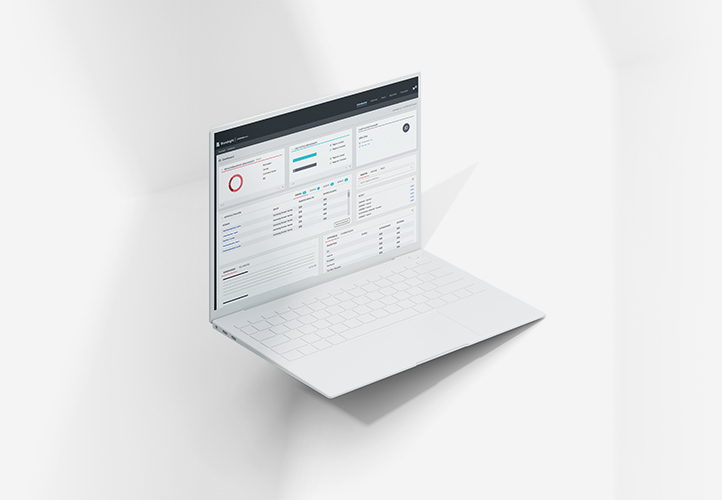Jan 28, 2021 - by Tyler Mason
Key Elements of Successful Domain Name Policies
A strong domain name policy helps mitigate risks. The foundation of any policy starts with these basic questions:
- WHO can register domain names and under what circumstances? For example, are domains available to all employees and affiliates for all purposes, or should they be restricted to certain departments and use cases?
- WHEN should a registration request be submitted? Not everything is urgent - set service level expectations from the start so there are no emergencies.
- HOW should the request be submitted and WHERE? Identify the ideal procedures for your organization.
- WHAT domains can be registered, and more importantly, what domains should be registered?
- WHY are these policy requirements in place? Answering the “why” as a part of your policy may be the most powerful tool you have to affect change because it validates the purpose behind the policy.
The question of what domains can – and should – be registered is crucial. Organizations managing large volumes of domain names are well-served to set up brand tiers and TLD rankings. When a new domain name request comes in, ask three simple questions: what is its shelf life? Is it a long-term brand/product or temporary? And what is the geographic reach required? These criteria can help you determine the best fit in a brand tier system.
One approach is to create three tiers: one for global blockbusters, one for standard products that maybe aren’t as critical in terms of traffic or revenue, and one for the smaller initiatives that come through very frequently. Your organization may only need one or two tiers, or it might need to get more granular with four or five tiers. The number of tiers is not important, but having tiers is.
Why does it pay off to establish brand tiers? If you can identify the appropriate brand tier, then you can predetermine which TLDs and extensions should be registered based on the company’s and brand’s needs. The tier system takes the guesswork out of determining where to register. It also provides justification for the recommendation, and allows you to project the costs on an annual basis.
Determining what the top TLDs are for your brand tiers, and how to rank hundreds or thousands of different TLDs and extensions, can be overwhelming. Setting up some criteria you can apply across all of the tiers and extensions can help. Metrics like total registration volume for all the TLDs, the TLDs prevalence across the top ranked sites, and lists like the Alexa top 1 million provide a good start. Factor in your organization’s target geographies and consult a list of the most historically abused TLDs. Also, consider your organization’s risk tolerance within the domain space, your costs and budgets, and any other unique priorities. Your corporate registrar should be able to provide strategic guidance here.
Once you have your master list of ranked TLDs based on your criteria, it becomes much easier to connect your brand tiers and lists for registration. Simply ask your registrar to store these lists of TLDs in their platform so you can direct them to execute bulk registrations based on tier. This will also enable more predictable annual spend and make it easier to allocate costs to individual brand teams or business units, if desired.
The information contained in this blog is provided for general informational purposes about domains. It is not specific advice tailored to your situation and should not be treated as such.

Tyler Mason is a Senior Domain Name Consultant. He has worked with some of the world's most valuable brands to implement domain management solutions designed to protect and promote their businesses online.
Recent posts from Tyler Mason
